Home>Construction & Tools>Building Materials>What Is Common Brick
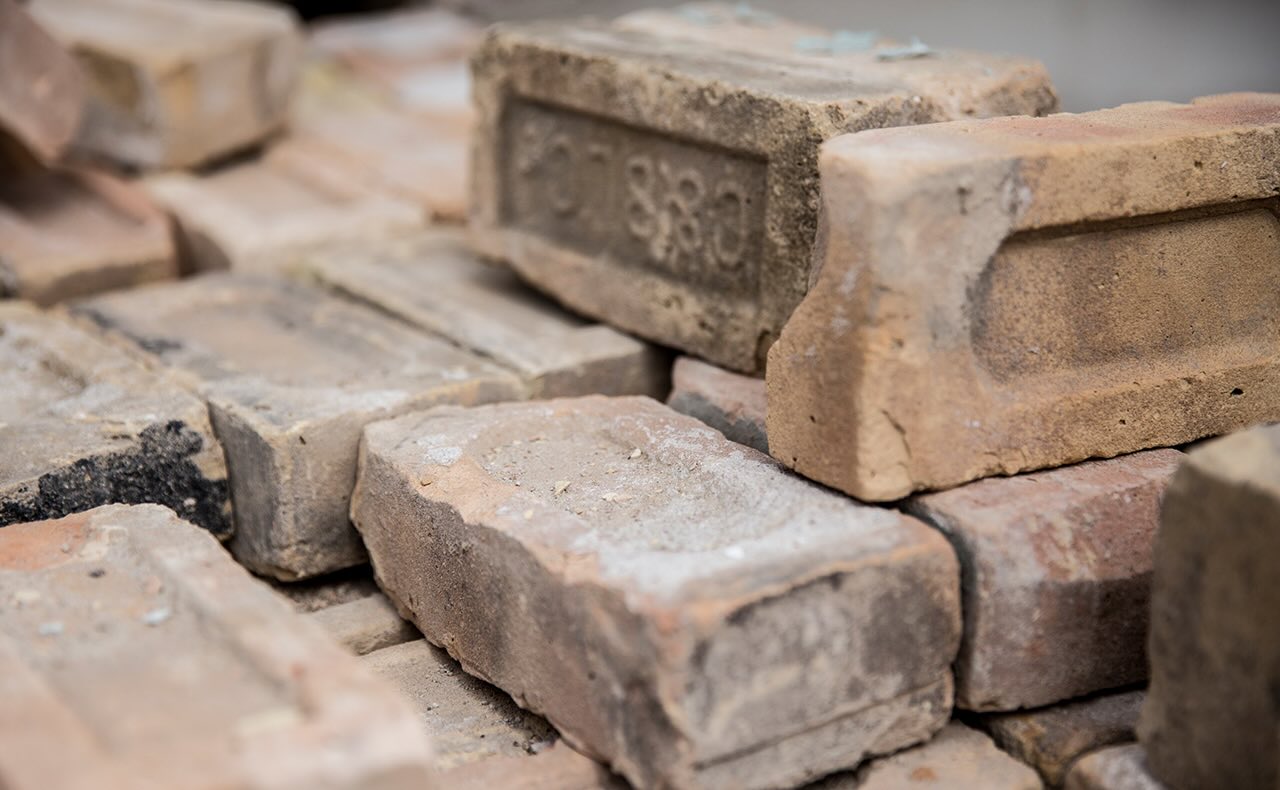

Building Materials
What Is Common Brick
Modified: February 18, 2024
Learn about common brick, a versatile building material used in construction projects. Discover its properties, uses, and benefits for your next building project.
(Many of the links in this article redirect to a specific reviewed product. Your purchase of these products through affiliate links helps to generate commission for Storables.com, at no extra cost. Learn more)
Introduction
Common brick, a fundamental building material, has been an integral part of construction for centuries. Its versatility, durability, and timeless appeal have made it a cornerstone of architectural design and structural integrity. From ancient civilizations to modern urban landscapes, common brick has stood the test of time, embodying the essence of craftsmanship and resilience.
The significance of common brick lies in its ability to transcend generations, serving as a tangible link between the past and the present. Its enduring presence in architectural marvels, humble abodes, and iconic structures speaks volumes about its unwavering relevance in the realm of construction.
As we delve into the intricacies of common brick, we will unravel its rich history, explore its composition and characteristics, and shed light on its diverse applications. By understanding the advantages and disadvantages of this ubiquitous building material, we can gain a comprehensive perspective on its role in shaping the built environment.
Join us on a journey through time and innovation as we uncover the essence of common brick, a timeless testament to the artistry and ingenuity of human civilization.
Key Takeaways:
- Common brick, a durable and versatile building material, has a rich history dating back to ancient civilizations. Its timeless appeal, thermal insulation, and load-bearing capacity make it a cornerstone of architectural design.
- While common brick offers durability, aesthetic appeal, and sustainability, it also presents challenges such as weight, installation requirements, and maintenance considerations. Informed decision-making and skilled craftsmanship are crucial for maximizing its potential in construction projects.
Read more: What Is Common Wire In HVAC
Definition of Common Brick
Common brick, often referred to simply as "brick," is a traditional building material that has been utilized in construction for centuries. It is a rectangular block made from clay, shale, or other naturally occurring materials, which is then fired in a kiln to achieve strength and durability. Common brick typically has a standard size and shape, making it a versatile and widely used component in various construction projects.
These bricks are known for their reddish-brown hue, a result of the iron content in the clay used during the manufacturing process. However, common bricks can also be found in a range of colors, including grey and cream, depending on the specific composition and firing techniques employed.
The dimensions of a standard common brick are well-defined, with a length of 8 inches, a width of 4 inches, and a height of 2 ¼ inches. These consistent measurements allow for uniformity and precision in construction, facilitating the creation of sturdy and aesthetically pleasing structures.
Common bricks are distinguishable by their solid and dense composition, which contributes to their strength and resilience. They are designed to withstand the elements, providing excellent thermal insulation and weather resistance. This makes them suitable for a wide array of applications, from load-bearing walls to decorative facades.
In essence, common brick embodies the essence of traditional masonry, offering a timeless appeal and a sense of permanence to architectural designs. Its versatility and enduring qualities have solidified its status as a cornerstone of construction, serving as a testament to the artistry and craftsmanship of builders throughout history.
History of Common Brick
The history of common brick is deeply intertwined with the evolution of human civilization and the development of architectural practices. The origins of brick-making can be traced back to ancient civilizations, where early builders discovered the remarkable potential of shaping and firing clay into durable building blocks.
One of the earliest known instances of brick production dates back to around 7500 BC in the region of Jericho, where sun-dried mud bricks were used to construct protective walls and structures. This marked the inception of brick-making, laying the foundation for its widespread use in construction.
The ancient Mesopotamians, renowned for their architectural prowess, further advanced the art of brick-making by introducing kiln-fired bricks around 4000 BC. These fired bricks, composed of clay and straw, revolutionized construction techniques, enabling the creation of monumental structures such as ziggurats and temples.
The legacy of brick-making continued to flourish across civilizations, with the Egyptians, Greeks, and Romans each contributing to its refinement and proliferation. The Romans, in particular, elevated brick production to new heights, utilizing fired bricks in the construction of aqueducts, amphitheaters, and iconic edifices that still stand as testaments to their engineering prowess.
During the medieval period, brick-making techniques spread throughout Europe, shaping the architectural landscape of cities and towns. The enduring appeal of brick as a building material was evident in the construction of cathedrals, castles, and fortifications, where its strength and versatility were harnessed to create enduring structures that have withstood the test of time.
The industrial revolution marked a significant turning point in the history of common brick, as mechanized brick-making processes emerged, streamlining production and expanding its availability. This led to the widespread use of bricks in the construction of factories, warehouses, and residential buildings, contributing to the urbanization and industrialization of cities.
In modern times, common brick continues to be a cornerstone of construction, seamlessly blending tradition with innovation. Its timeless appeal and enduring qualities have cemented its status as a symbol of architectural heritage and a testament to the ingenuity of human craftsmanship.
The rich history of common brick serves as a testament to its enduring legacy, embodying the resilience and artistry of generations past while shaping the architectural landscape of the present and future.
Composition and Characteristics of Common Brick
Common brick, a quintessential building material, derives its enduring strength and distinctive properties from a carefully balanced composition and a set of defining characteristics. Understanding the composition and key traits of common brick is essential to appreciating its role in construction and architecture.
Composition:
Common brick is primarily composed of clay, shale, and other natural materials, which are carefully selected for their plasticity, durability, and thermal properties. The clay used in brick-making is often a blend of different types, each contributing specific qualities to the final product. Additionally, additives such as sand, iron oxide, and lime may be incorporated to enhance the brick's texture, color, and structural integrity.
The composition of common brick is meticulously engineered to achieve a balance between plasticity and strength. The clay mixture is carefully prepared to ensure proper bonding and cohesion during the firing process, resulting in a dense and resilient final product.
Characteristics:
-
Durability: Common brick exhibits exceptional durability, capable of withstanding the rigors of weather and time. Its robust composition allows it to endure exposure to moisture, temperature variations, and external forces, making it an ideal choice for long-lasting construction.
-
Thermal Insulation: Common brick possesses excellent thermal insulation properties, helping to regulate indoor temperatures and reduce energy consumption. Its ability to retain heat in colder climates and provide cooling effects in warmer environments contributes to its sustainable appeal.
-
Aesthetic Versatility: The characteristic reddish-brown hue of common brick, derived from iron oxide in the clay, imparts a timeless aesthetic appeal. Additionally, variations in firing techniques and clay composition result in a spectrum of colors, textures, and finishes, offering architects and builders a wide range of design possibilities.
-
Load-Bearing Capacity: Common brick is renowned for its load-bearing capacity, making it a reliable choice for structural applications. Its uniform dimensions and solid composition enable it to support heavy loads and ensure structural stability in buildings and infrastructure.
-
Fire Resistance: When exposed to high temperatures, common brick exhibits remarkable fire resistance, providing a protective barrier against flames and heat. This inherent property enhances the safety and longevity of structures, particularly in fire-prone environments.
-
Sustainability: The natural composition of common brick, derived from earth minerals, aligns with sustainable building practices. Its longevity, recyclability, and minimal environmental impact make it a preferred choice for eco-conscious construction projects.
In essence, the composition and characteristics of common brick converge to form a versatile, enduring, and aesthetically appealing building material. Its innate qualities, coupled with the artistry of skilled brick-makers, have solidified its status as an indispensable element in the construction industry.
Uses of Common Brick
Common brick, with its remarkable versatility and enduring qualities, finds a myriad of applications across the construction industry. From structural elements to decorative features, common brick serves as a foundational building material, contributing to the strength, aesthetics, and functionality of diverse architectural projects.
Load-Bearing Walls:
One of the primary uses of common brick is in the construction of load-bearing walls. The dense and robust nature of common brick makes it an ideal choice for supporting vertical loads in buildings and other structures. Its uniform dimensions and reliable load-bearing capacity ensure structural stability, making it a preferred material for creating durable and long-lasting walls.
Facades and Exteriors:
Common brick is widely utilized for exterior cladding and facade treatments, adding a timeless and rustic charm to buildings. Its rich color variations and textured surfaces provide architects and designers with a versatile palette to create visually striking facades. Whether used in traditional bricklaying patterns or innovative design concepts, common brick enhances the aesthetic appeal of exteriors while offering weather resistance and durability.
Read more: What Is A Brick
Paving and Landscaping:
In landscaping and hardscaping projects, common brick pavers are employed to create pathways, driveways, patios, and outdoor living spaces. The interlocking nature of brick pavers allows for flexible and visually appealing designs, while their durability and resistance to wear make them a practical choice for high-traffic areas. Additionally, common brick edging is often used to define garden beds and borders, adding a touch of elegance to outdoor environments.
Fireplaces and Chimneys:
The exceptional fire resistance of common brick makes it an ideal material for constructing fireplaces and chimneys. Its ability to withstand high temperatures and thermal stress ensures the safety and longevity of these essential features in residential and commercial buildings. Common brick's heat-retaining properties also contribute to the efficient operation of fireplaces, providing warmth and comfort in interior spaces.
Interior Walls and Partitions:
Common brick is employed in interior wall construction to impart a sense of character and solidity to indoor spaces. Whether left exposed for a rustic aesthetic or finished with plaster or paint, brick walls add texture and visual interest to interiors. Additionally, common brick partitions are utilized to delineate functional areas within buildings, offering acoustic insulation and structural integrity.
Architectural Accents:
Beyond structural applications, common brick is utilized as a versatile architectural accent, contributing to the visual appeal of buildings. From arches and columns to decorative masonry elements, common brick allows for the creation of intricate details and ornamental features that enhance the overall design aesthetic.
In essence, the uses of common brick extend across a spectrum of construction and design disciplines, embodying its adaptability, durability, and timeless allure. Its enduring presence in architectural heritage and contemporary projects underscores its indispensable role in shaping the built environment.
Advantages and Disadvantages of Common Brick
Common brick, as a foundational building material, offers a host of advantages that contribute to its widespread use in construction. However, it also presents certain limitations that warrant consideration in architectural and engineering contexts.
Advantages:
-
Durability and Longevity: Common brick exhibits exceptional durability, with a lifespan that can span centuries. Its resistance to weathering, moisture, and temperature variations ensures that structures built with common brick stand the test of time, requiring minimal maintenance and upkeep.
-
Aesthetic Appeal: The rich, earthy tones of common brick, coupled with its textured surfaces, impart a timeless aesthetic to buildings. Whether used in traditional bricklaying patterns or innovative designs, common brick adds character and warmth to architectural facades and interiors.
-
Thermal Insulation: Common brick provides excellent thermal insulation, contributing to energy efficiency in buildings. Its ability to regulate indoor temperatures reduces reliance on heating and cooling systems, resulting in lower energy consumption and enhanced comfort for occupants.
-
Fire Resistance: The inherent fire resistance of common brick enhances the safety and structural integrity of buildings. In the event of a fire, common brick acts as a protective barrier, limiting the spread of flames and contributing to the overall fire safety of structures.
-
Sustainability: Common brick, derived from natural materials such as clay and shale, aligns with sustainable building practices. Its recyclability, minimal environmental impact, and long lifespan make it a preferred choice for eco-conscious construction projects.
Disadvantages:
-
Weight and Handling: Common brick is relatively heavy, requiring careful handling and structural considerations during construction. Its weight can impact transportation costs and construction timelines, especially in large-scale projects.
-
Labor-Intensive Installation: The process of laying common brick requires skilled labor and meticulous attention to detail. The labor-intensive nature of bricklaying can contribute to higher construction costs and longer project durations.
-
Limited Design Flexibility: While common brick offers a range of colors and textures, its uniform shape and size may limit design flexibility in comparison to other facade materials. Achieving intricate or non-standard designs with common brick may necessitate additional customization and expertise.
-
Maintenance Considerations: Over time, common brick may require periodic maintenance, such as repointing mortar joints and addressing efflorescence. Proper maintenance is essential to preserve the appearance and structural integrity of brick masonry.
-
Environmental Impact of Production: The firing process involved in brick production can have environmental implications, including energy consumption and greenhouse gas emissions. Efforts to mitigate the environmental impact of brick manufacturing are essential for sustainable practices.
In summary, the advantages of common brick, including durability, aesthetic appeal, and sustainability, position it as a favored building material. However, considerations related to weight, installation, design flexibility, maintenance, and environmental impact underscore the importance of informed decision-making when incorporating common brick into construction projects.
Conclusion
In conclusion, common brick stands as a timeless testament to the enduring legacy of traditional masonry and the artistry of human craftsmanship. From its humble origins in ancient civilizations to its pervasive presence in modern architectural landscapes, common brick has remained a steadfast symbol of resilience, versatility, and aesthetic appeal.
The rich history of common brick, spanning millennia of architectural evolution, underscores its integral role in shaping the built environment. Its journey from sun-dried mud bricks in ancient Jericho to kiln-fired structures in Mesopotamia and the monumental edifices of the Roman Empire reflects the enduring legacy of brick-making traditions. The industrial revolution further propelled common brick into the forefront of construction, marking a pivotal chapter in its evolution and widespread adoption.
The composition and characteristics of common brick, meticulously engineered to embody durability, thermal insulation, and aesthetic versatility, position it as a cornerstone of architectural design. Its applications in load-bearing walls, facades, landscaping, and interior accents exemplify its adaptability and enduring appeal. The advantages of common brick, including its longevity, fire resistance, and sustainability, underscore its significance in contemporary construction practices.
However, it is essential to acknowledge the considerations and limitations associated with common brick, such as its weight, installation requirements, and maintenance considerations. In navigating these aspects, informed decision-making and skilled craftsmanship play pivotal roles in harnessing the full potential of common brick in construction projects.
As we reflect on the enduring legacy of common brick, we recognize its ability to bridge the past and the present, embodying the time-honored traditions of brick-making while embracing innovation and sustainability. Its enduring presence in architectural heritage and contemporary projects serves as a testament to its indispensable role in shaping the built environment.
In essence, common brick transcends mere construction material; it embodies the resilience, artistry, and ingenuity of human civilization. Its enduring legacy will continue to shape architectural landscapes, serving as a tangible link between the past, present, and future of construction and design.
Frequently Asked Questions about What Is Common Brick
Was this page helpful?
At Storables.com, we guarantee accurate and reliable information. Our content, validated by Expert Board Contributors, is crafted following stringent Editorial Policies. We're committed to providing you with well-researched, expert-backed insights for all your informational needs.


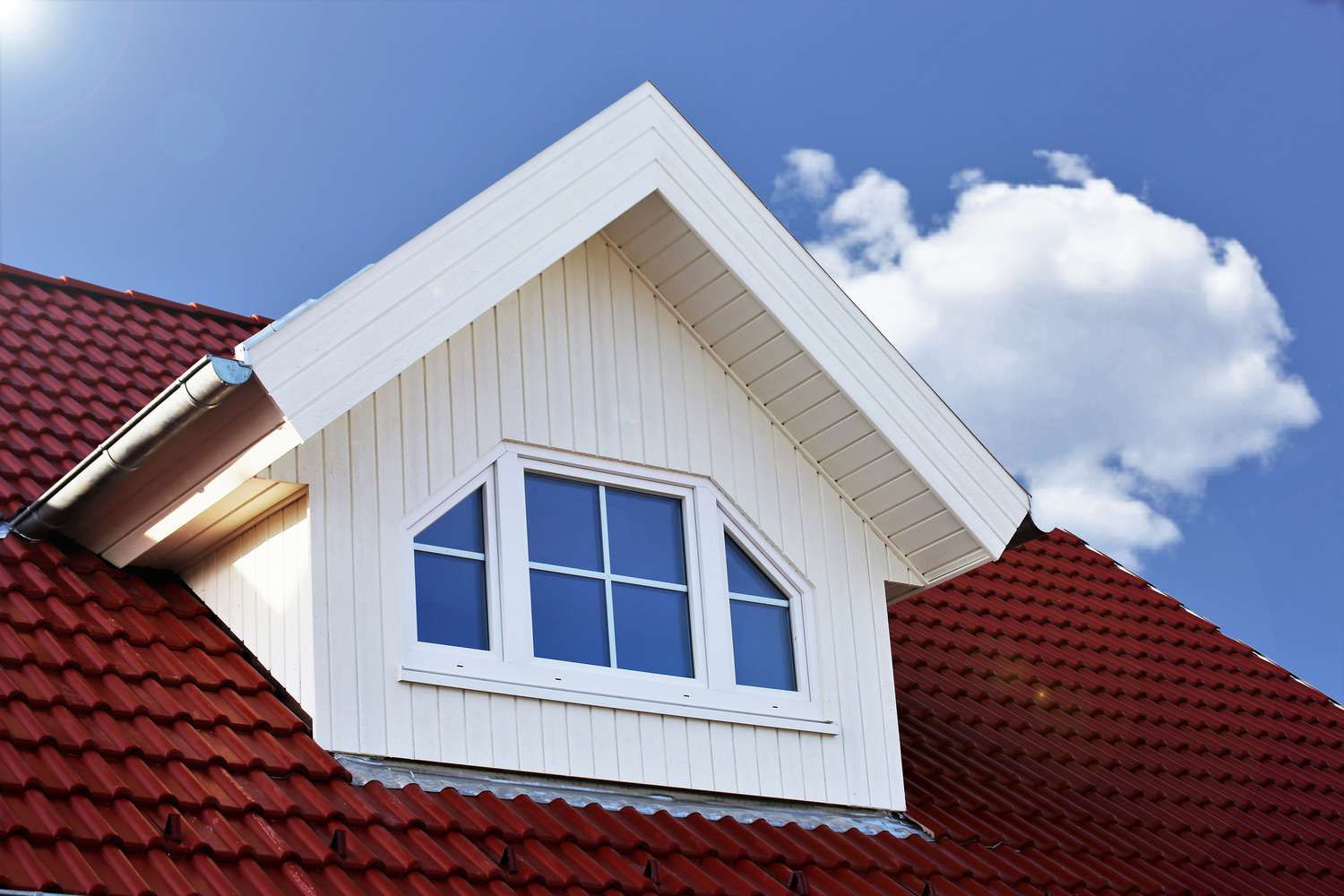
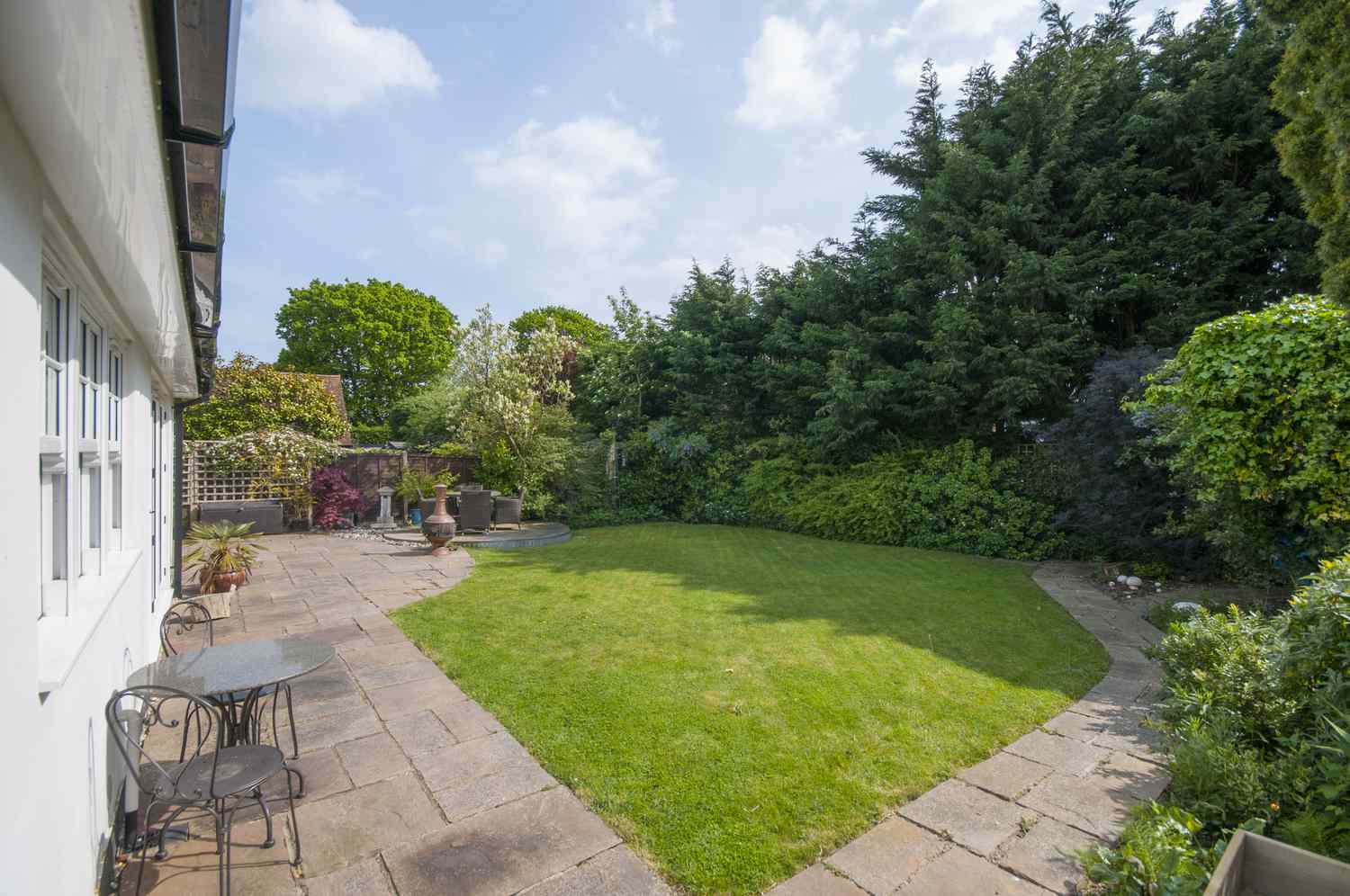
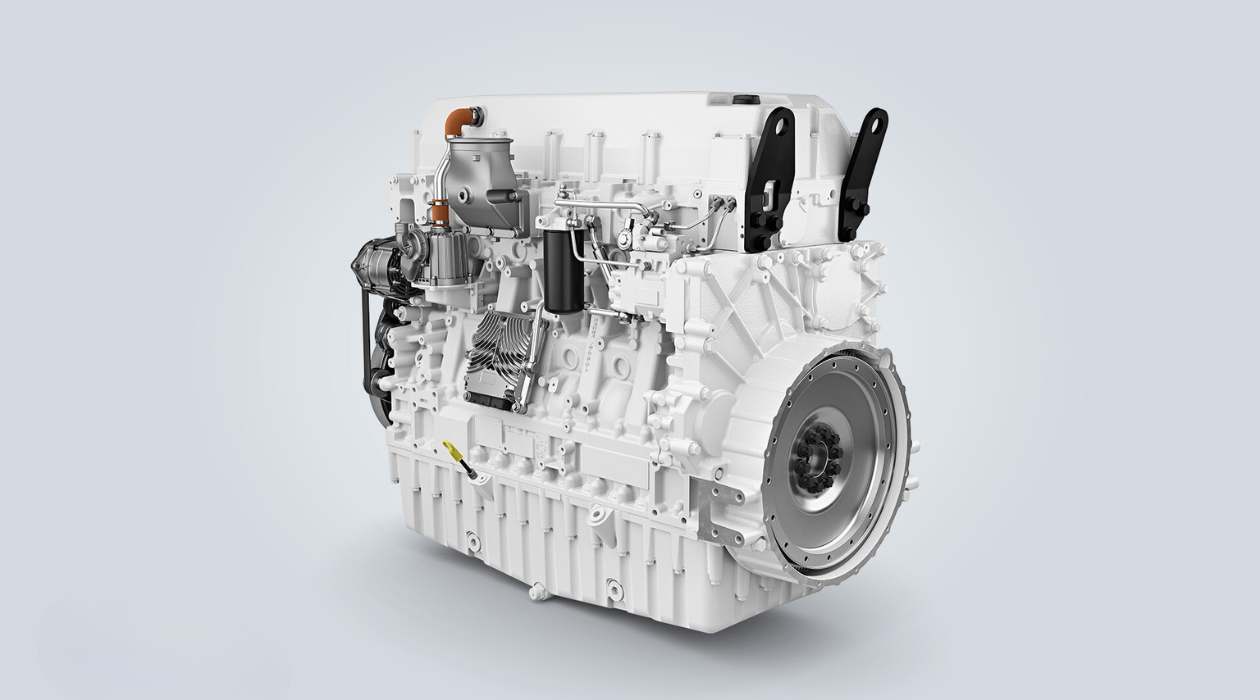

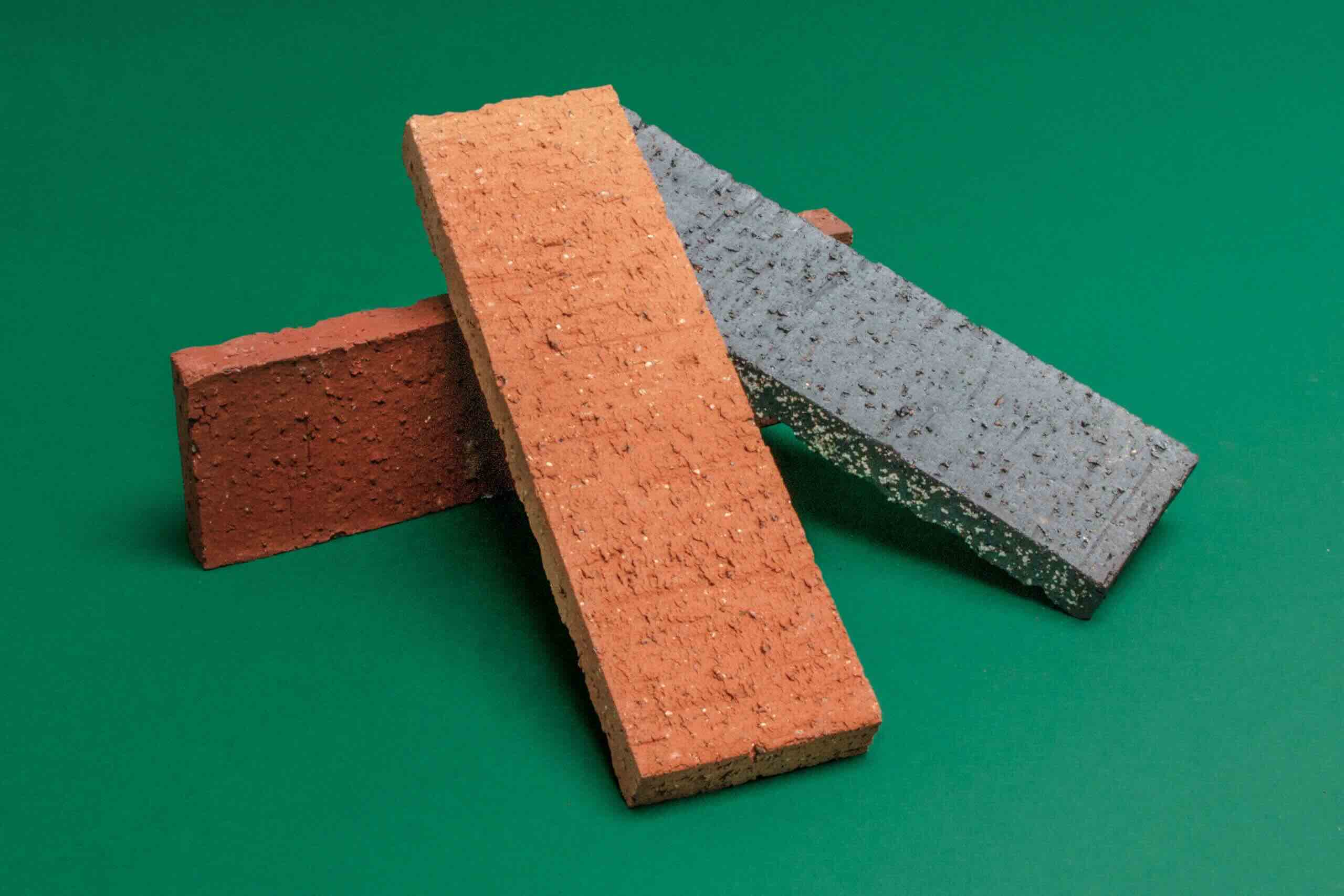
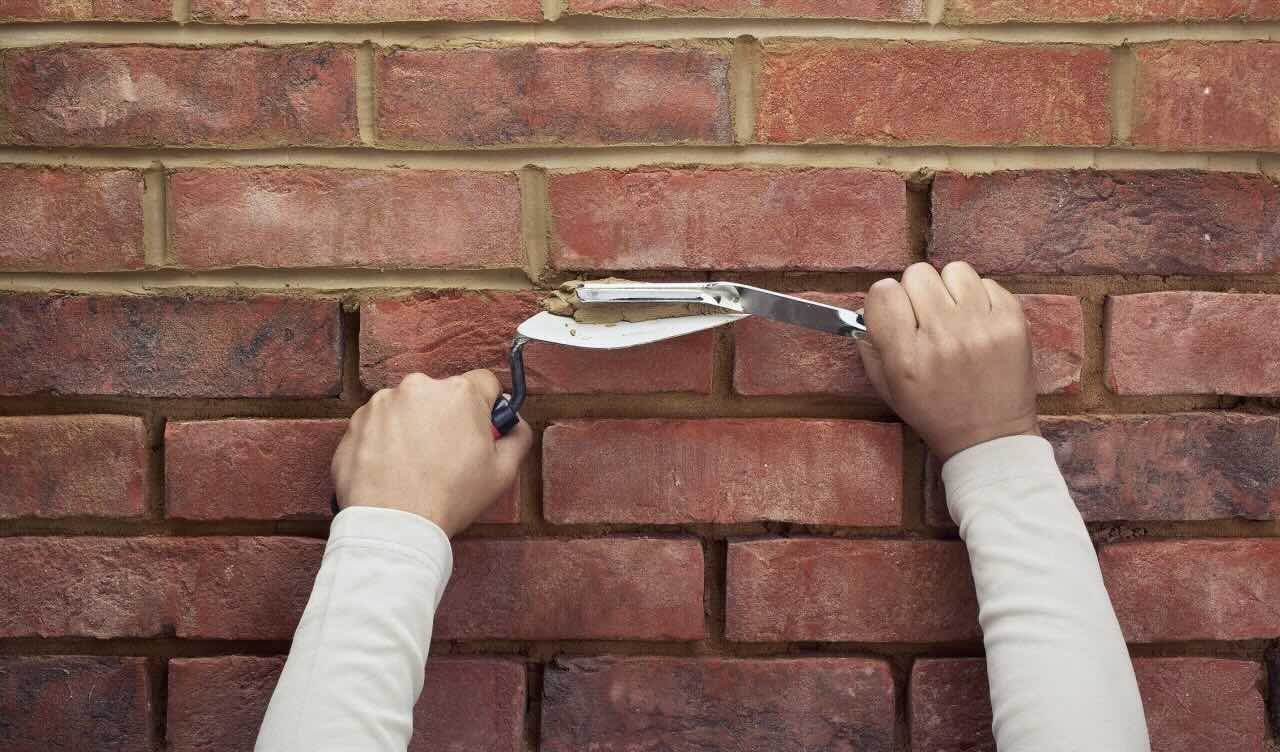
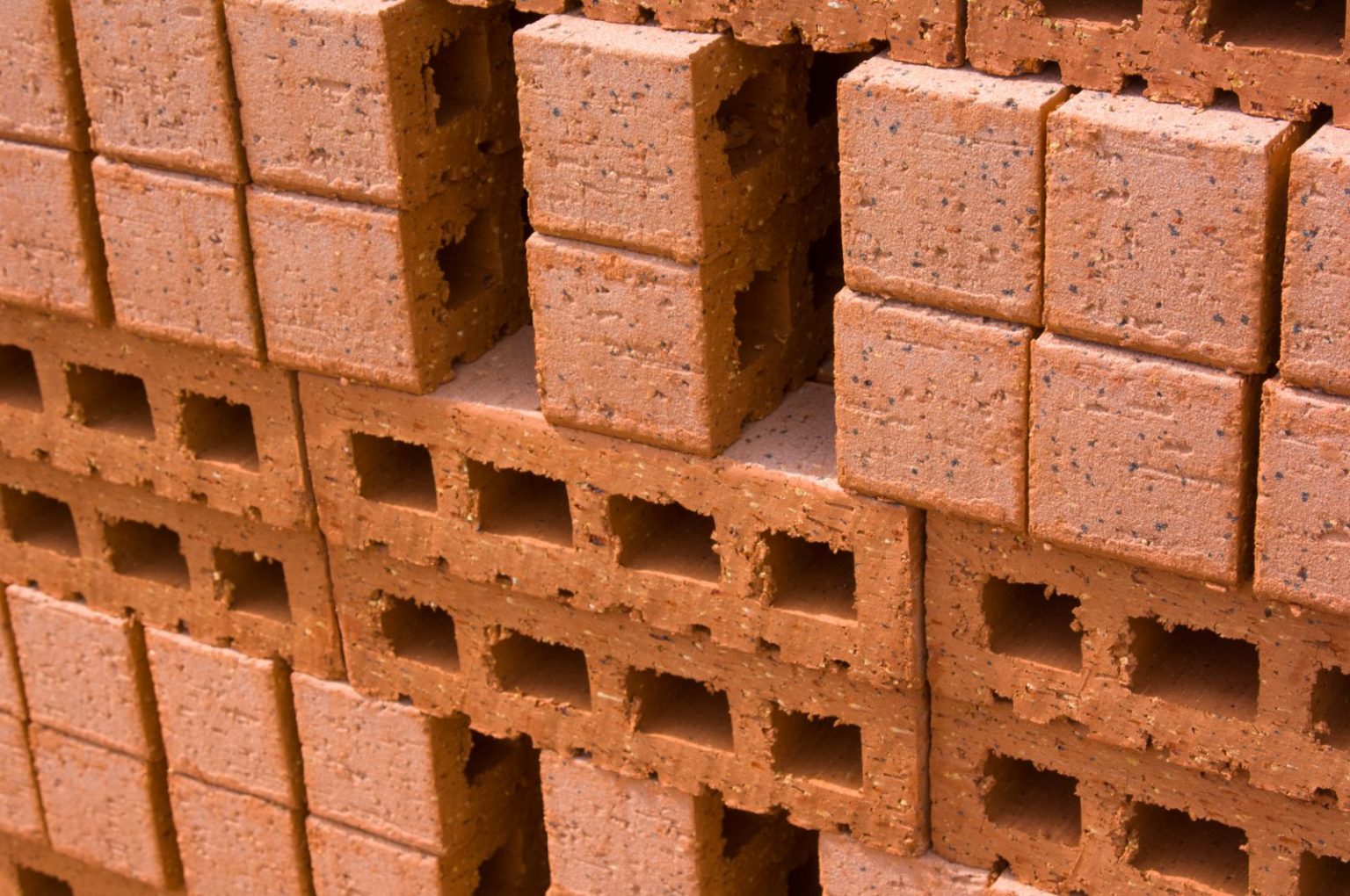
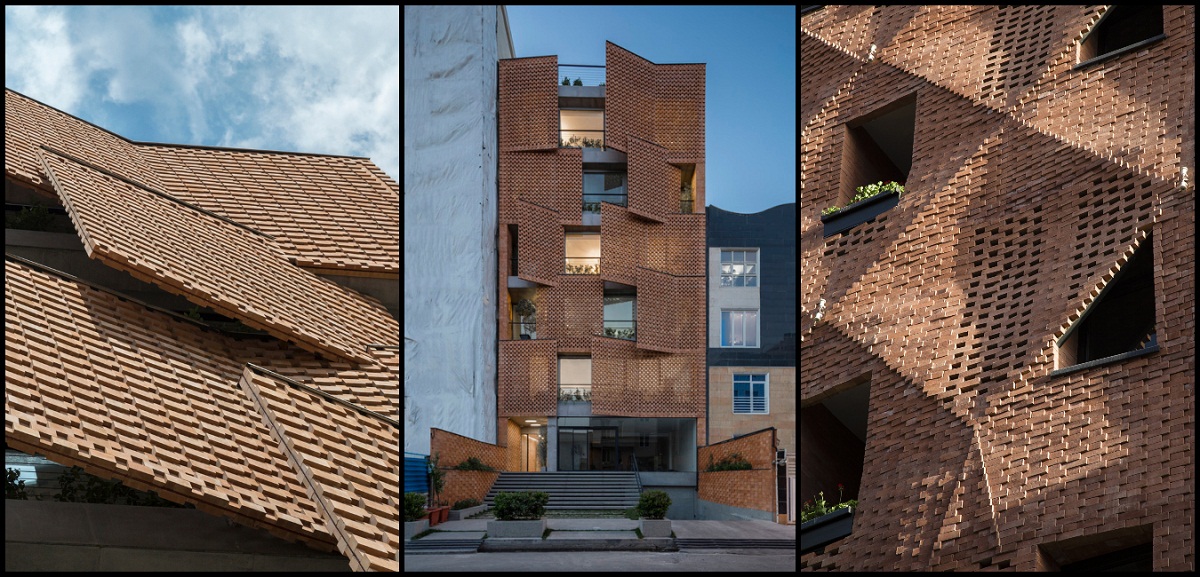
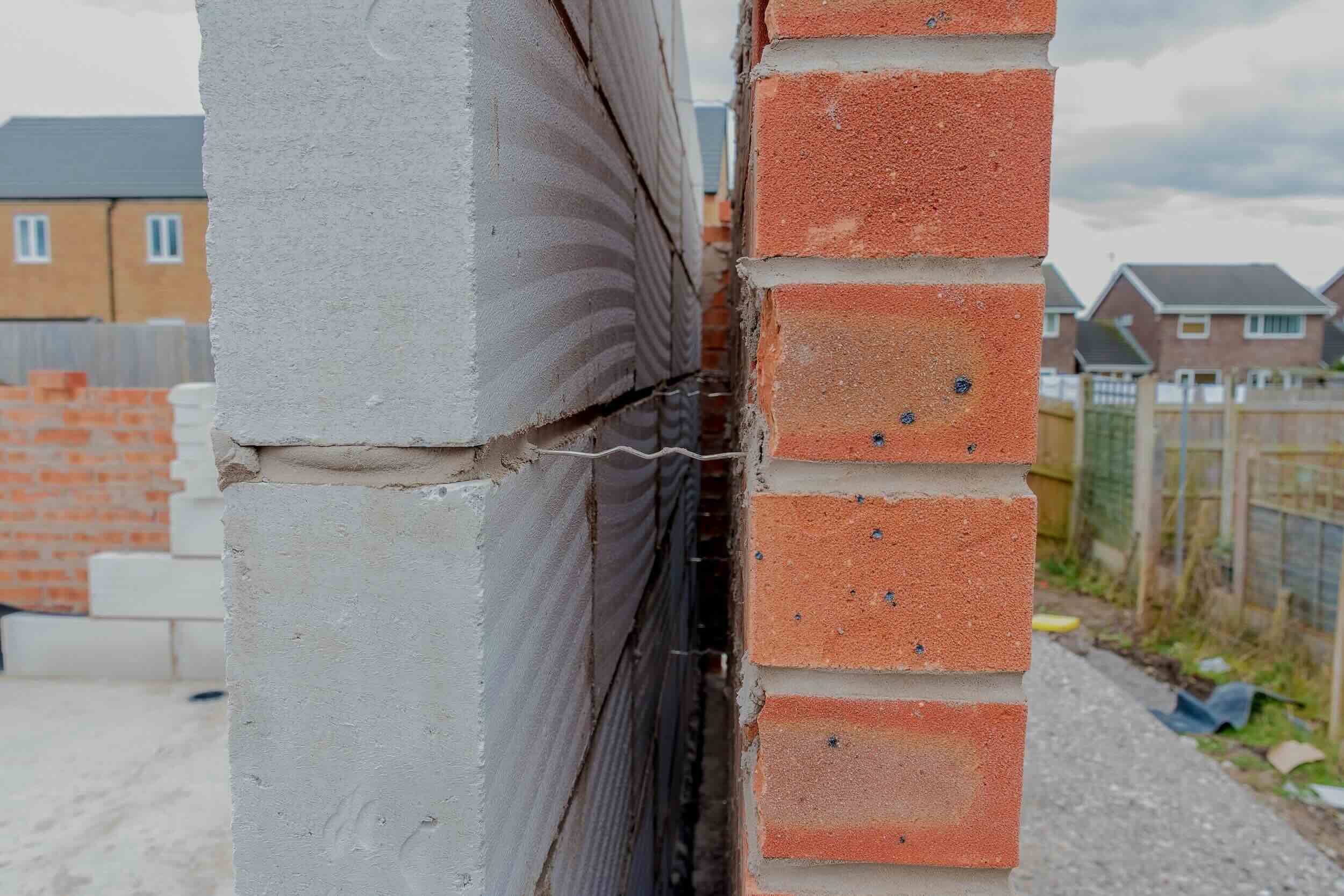
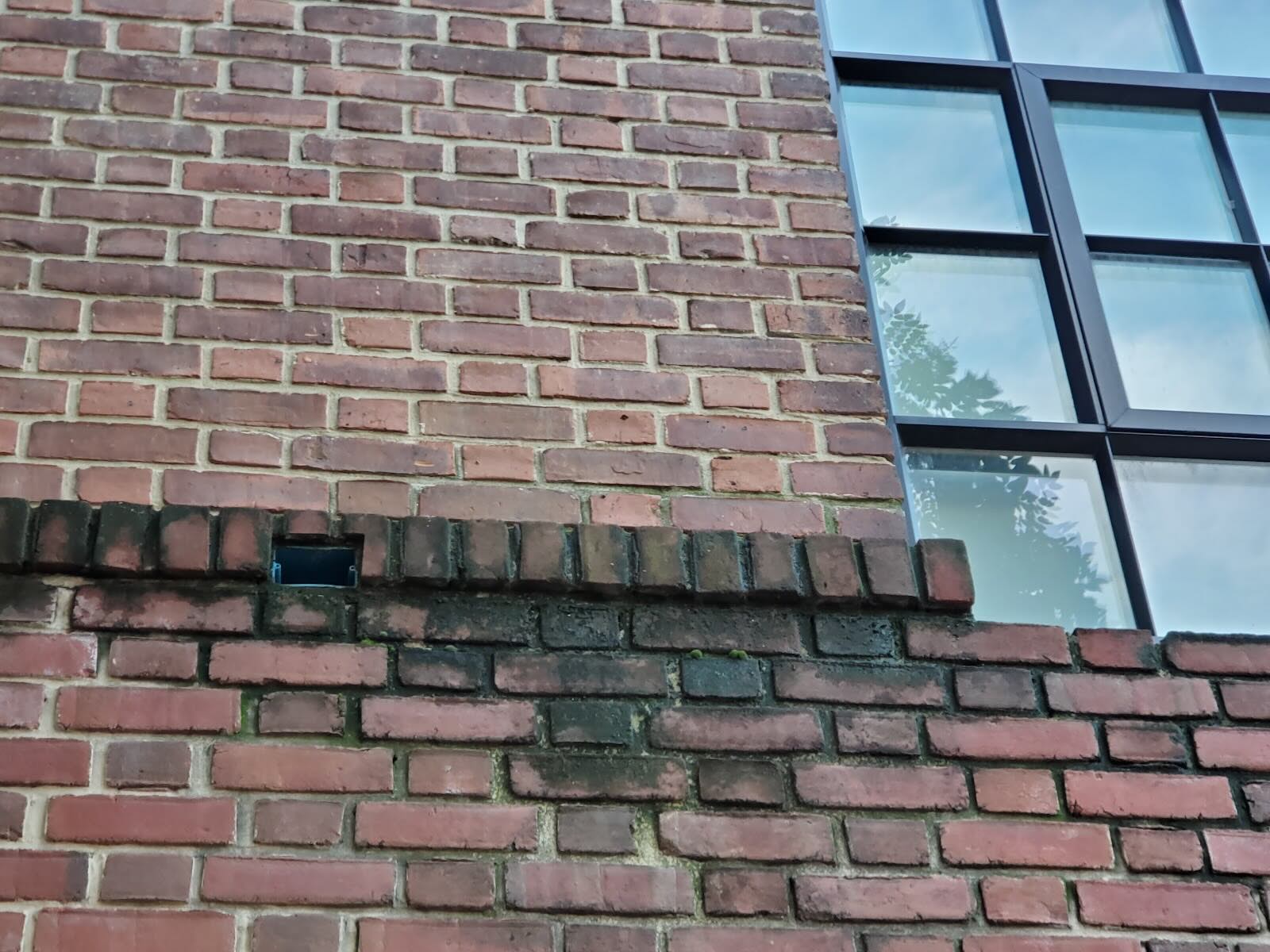

0 thoughts on “What Is Common Brick”